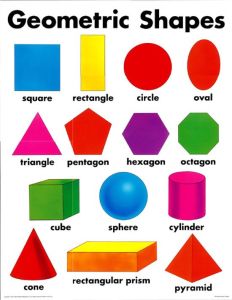The following is a tutorial and prompt for Writers in the Grove by Lorelle VanFossen and Patti Bond.
“Casting someone who people love to hate is absolutely critical.”
Bravo-TV’s Real Housewives producer Andy Cohen spoke on CNN’s “Why Donald Trump is the Perfect Real Housewife:”
If reality stars are going to make it big, they’ve got to amp up the drama – and by drama, I mean totally insane behavior.
Donald Trump is the perfect Real Housewife — the perfect villain — in the sense that some of us cannot stop talking about how much we freaking hate him. We can’t stop retweeting his deranged rantings. We cannot stop fact checking his obviously false statements. We cannot keep looking at each other — whether in real life or on a comments board — and asking, Can you BELIEVE this guy!?
In short, we cannot look away from the specter of Capital “C” Crazy before us, even if we shove an entire basket of deplorables over our heads. If Trump had a “Real Housewives” tagline, it might be, “Hate me all you want. I’ll be back for more.”
This is not a discussion about politics, but a look at a fascinating type of character often found in fiction as well as the real world: the antihero. Antiheroes are fascinating and compelling characters, and often set in the fine line between hero and villain.
The article offered a shortlist of reality TV casting requirements, which define well the concept of an antihero.
- 1s the character willing to say or do just about anything to be famous?
- Is the character polarizing among other characters and viewers?
- Is the character highly charismatic, yet highly offensive?
- Is the character predictably unpredictable?
- Does the character live in their own world, out of touch with reality (delusional)?
Like watching a car accident or train wreck, we can’t tear our eyes away from them. This is what makes a good antihero character for television, film, theater, or fiction. (more…)
 The Tom Paxton song made famous by Peter, Paul, and Mary, as well as John Denver, describes a thing that defines description, a child’s toy that was amusing all the same.
The Tom Paxton song made famous by Peter, Paul, and Mary, as well as John Denver, describes a thing that defines description, a child’s toy that was amusing all the same.  Your characters head for the local museum or art gallery. Their eyes are filled with wondrous sights. Colors, patterns, shapes, textures, renewing their spirit, giving them the beauty they crave in their life. Or boring them to tears as they’ve just been dragged to another thing-they-don’t-wish-they-had-to-do-in-order-to-save-a-realtionship-or-get-sex.
Your characters head for the local museum or art gallery. Their eyes are filled with wondrous sights. Colors, patterns, shapes, textures, renewing their spirit, giving them the beauty they crave in their life. Or boring them to tears as they’ve just been dragged to another thing-they-don’t-wish-they-had-to-do-in-order-to-save-a-realtionship-or-get-sex.  Artwork is encountered in most books in some way, a photograph of a suspect, a painting on a wall, a quilt, lacework, or arts and crafts item that tells us more about the character, place, or solves a mystery. How do you describe it to not only let the reader see see it, but also choose words that match the tone, scene, time, and owner?
Artwork is encountered in most books in some way, a photograph of a suspect, a painting on a wall, a quilt, lacework, or arts and crafts item that tells us more about the character, place, or solves a mystery. How do you describe it to not only let the reader see see it, but also choose words that match the tone, scene, time, and owner? 

